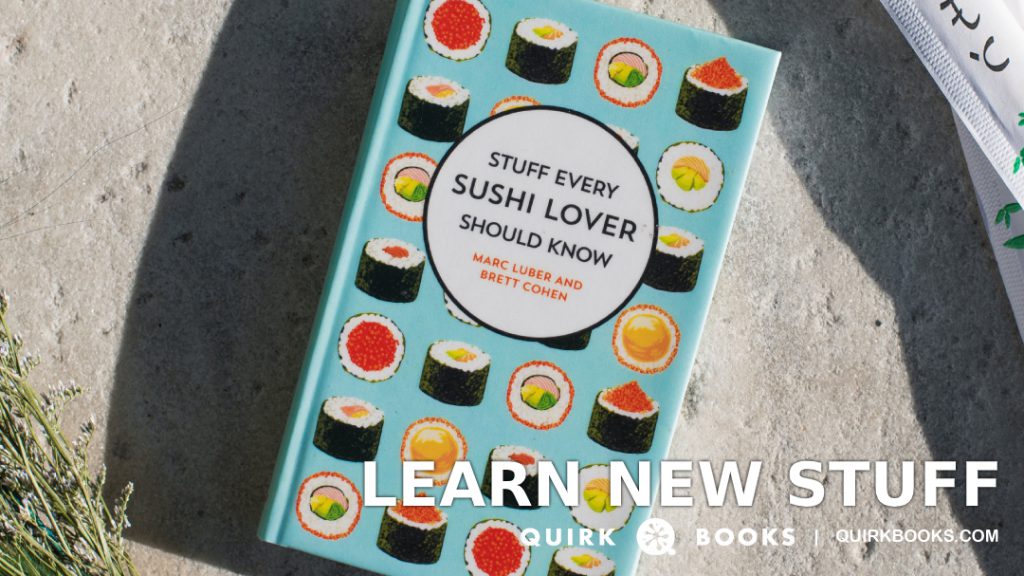Books with Bittersweet Endings
[Photo by Annie Spratt on Unsplash]
Are you a fan of chocolatey sweetness? Do you prefer a bit of bitter to level out a sugary treat? Well then, January 10th, Bittersweet Chocolate Day, is the day for you. But what about those other bittersweet fans whose cravings lean away from chocolate bars and toward books that leave them lying in their beds, staring at their ceilings until 3am? Those who enjoy stories that manage to pull a tear or two out of them on public transport or have them closing the book only to hold it, a bit stunned, as they wrap their head around their feelings, reorient themselves, and wonder what could possibly come next.
This one’s for those bittersweet book fans out there, looking for a good cry, a sincere smile, and their next read to leave them feeling that satisfying aftertaste of hope and sadness, happiness and dread, bitter and sweet.
Before you grab a handful of bittersweet chocolate chips and dive into these recs, note there will be SPOILERS AHEAD. As the title suggests, this roundup focuses on the book endings, and can ruin your individual experience with the story by having the endings spoiled. Proceed with caution.
The Book of Merlyn (The Once and Future King) by T. H. White
Many Arthurian legends that act as a Bildungsroman, tracking Arthur from childhood to death and focusing on his growth over those years, naturally come with the legendary King Arthur dying in the end, typically in a standoff with his nephew Mordred. For those familiar with Arthurian legends, each death still acts as a slow knife to the gut, but White’s The Book of Merlyn is another flavor of bittersweet.
Published after White’s death and the release of the main story, The Once and Future King, The Book of Merlyn acts as the conclusion to the Arthurian tale and follows an older, tired Arthur, reminiscing with his longtime friend Merlyn. After experiencing the 600+ pages of The Once and Future King, riding alongside Sir Pellinore on his ridiculous journey for the Questing Beast, watching Wart transform from boy to fish to hawk to ant to king, and the trickery of Modred and the death of Gareth that catalyzes the destruction of the Round Table, this ending is an endearing and sad one that takes readers back to the days when Arthur was just Wart and Merlyn was just a tutor. Trevor Stubley’s gorgeous illustrations also add another bittersweet taste to the narrative (if you can find a copy with them), especially the last piece that shows Arthur thrusting out his hands and shouting with tears in his eyes as spears fly at him, his last futile attempt to stop the Battle of Camlann.
Buy The Book of Merlyn:
Amazon | Barnes & Noble | Indiebound | Bookshop | Books A Million
Buy The Once and Future King:
Amazon | Barnes & Noble | Indiebound | Bookshop | Books A Million
The Mortal Engines Quartet by Philip Reeve
If you’ve ever read a Philip Reeve book, you know he’s a master at building complicated characters along with imaginative worlds, and after immersing yourself in these expansive worlds and following these characters for hundreds of pages, you’re often left with that bittersweet feeling that comes with finishing an amazing series for the first time, knowing you’ll remember this one always.
Similar to The Once and Future King, Reeve’s Mortal Engines series is a Bildungsroman, and across the four books, you’ll meet characters that shift and grow with the years—some for the worse, some for the better. The character’s individual endings can really sit with you, especially ones with such palpable imagery, like that of the two main characters, Hester and Thomas. Thomas’ end is one you see coming, as he’s been battling a heart condition developed earlier in the series, but Hester’s choice to die with him and Shrike’s choice to stay with their bodies leaves you feeling a certain way. The final pages depict Shrike, centuries later, still sitting in the spot his friends died, covered in fern with a bird nesting in his mechanical arm. When children approach, asking what he is, he calls himself a “remembering machine,” wrapping up his individual character arc and an overarching theme of the series on history repeating itself. Based on what occurred in the series, it’s hard to call this a good thing, but Reeve does leave the readers with a spark of hope and an understanding that humans can do better as Shrike walks off with the young girl.
Buy the 1st book:
Amazon | Barnes & Noble | Indiebound | Bookshop | Books A Million
I Kill Giants by Joe Kelly and art by J.M. Ken Nimura
There’s a good number of stories that close with an impactful character death or the protagonist’s dynamic character arc coming to an end. Sometimes it’s done well, sometimes it’s forgettable, and other times you’re left wanting to flip right back to the beginning to reread how everything in the narrative led up to this heart-breaking and touching conclusion.
Kelly and Nimura’s I Kill Giants does just that over the course of its seven issue story, as it tells of young Barbara whose self-appointed mission it is to protect her small town from giants. This quest ends up being an imaginary one created by Barbara to distract herself from her personal giant, the impending death of her beloved mother. The comic’s purposeful pacing leads up to a climatic last two issues from the battle with the titan to Barbara accepting her mother’s fate and visiting her for the first time in months. Bittersweet moments follow such as Barbara burying her purse (her imaginary hammer to fight giants) with her mother’s casket because she knows she won’t need it any longer, and Barbara looking out the window to see the titan in the water and thanking it for its help in her grieving process. The story compares grief to a storm, calling it “sort of beautiful” and feeling comfort in how after, “everything is so quiet,” and that’s how this story leaves you, rattled in its wake and thankful for the peace it offers in the end.
Buy the book:
Amazon | Barnes & Noble | Indiebound | Bookshop | Books A Million
Nabari No Ou by Yuhki Kamatani
For those familiar with manga and anime, it’s not hard to think of a series that left you completely broken at the end. These narratives can be large-scale and last years, spanning over hundreds of episodes and well past twenty volumes, and whether you enjoy shonen like Fullmetal Alchemist and Naruto, shogo like Fruits Basket and Orange, or other titles like Erased or Beyond the Boundary, it’s easy to find yourself wishing the narrative would never end.
Kamatani’s debut manga Nabari No Ou is a lesser known series with a nice blend of action, drama, mystery, and slight supernatural fantasy that adds up to fourteen volumes of masterful characterization, well-plotted pacing, and a rather fulfilling end. The main narrative follows Miharu, his possession of a ninja art that allows him to grant wishes, and the players in this hidden ninja world that want that power for themselves. Kamatani manages to keep this grand idea grounded with a modern setting and knowable characters that struggle with relatable problems like the self-destructive behavior of apathy, the unbearable want to erase your own existence, the emptiness that comes with losing an irreplaceable part of your life, and more fanciful concepts like the harsh reality of immortally and watching those you love die decade after decade. These impactful narratives come to a close in a gut-wrenching climax that offers the characters the chance to heal and the readers a sense of hope that they too can overcome.
Buy volume 1:
Amazon | Barnes & Noble | Indiebound | Bookshop | Books A Million
Out of This Furnace by Thomas Bell
Some bittersweet books end up tasting more bitter than sweet, especially when they’re based in reality and the horrors presented in the narrative have historically happened to people in similar situations. When a book’s subtitle is “a novel of immigrant labor in America,” you should go in expecting a bumpy ride.
In Out of This Furnace, Bell pays homage to his Slovak, steel-mill working family by illustrating the lives of the fictional Dobrejcaks from the mid-1880s to the 1920s. The story is broken into four parts and follows three generations of marital affairs, failed financial investments, inhumane working conditions, and political strife. That’s a whole lot of bitterness, but there’s also sweetness in the form of familiar bonds, the pursuit of love, and the active fight for change, especially in the final part following Dobie and his involvement in successfully unionizing the steel industry. After reading over 400 pages of mill accidents, unavoidable deaths, and generally some of the worst life can throw at a family, the last few pages can bring the reader a much needed sense of hope. The knowledge that a change for the better was beginning in the steel mills and the simple focus of Dobie’s hand on his wife’s pregnant belly lets the reader know that there can and will be more for the next generation because there will always be people willing to fight for a better world.
Buy the book:
Amazon | Barnes & Noble | Indiebound | Bookshop | Books A Million

Gabrielle Bujak
Gabrielle likes a lot of things and dislikes very little. Retired ice cream cake decorator, occasional farmhand, and reminiscing library worker, she spent her childhood dreaming of fighting fires and her college days writing about Bong Joon-ho before he was cool. Now, she preaches the importance of dental hygiene; chats up books, movies, and comics via the Quirk blog; and legally climbs silos. Whether the legality of the silo climbing makes her more or less interesting is up for debate. Email [email protected] if you want to review our titles or feature our authors.


